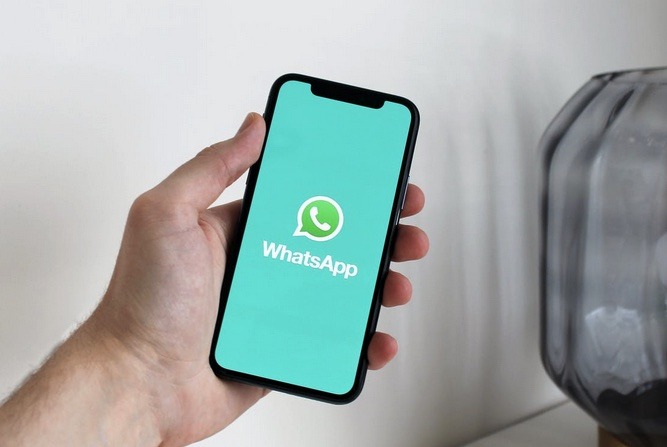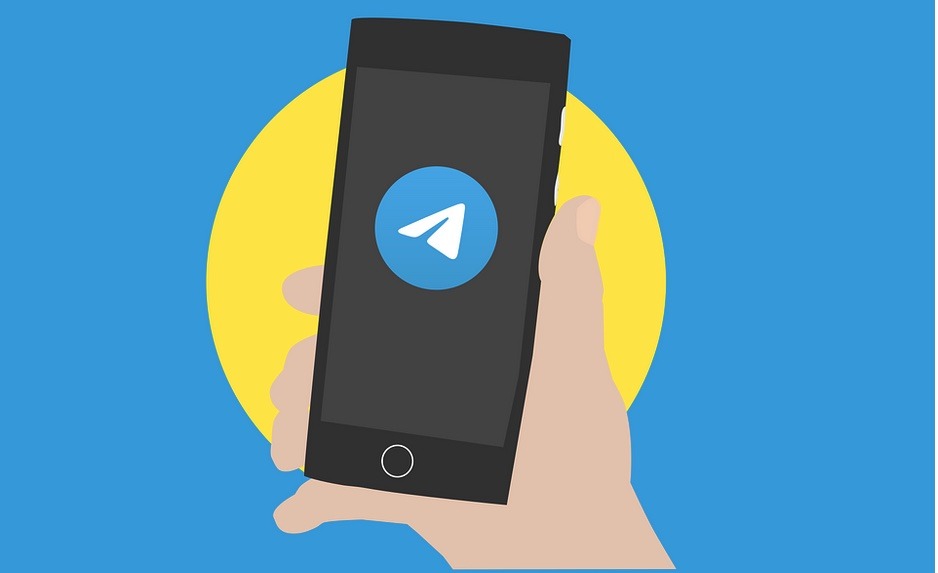How do you engage your customers?
Customer engagement begins when businesses first interact with their customer, and from then, it becomes an ongoing process.
Customer engagement is one of those buzzwords in business that never goes out of style. By engaging customers, you create a stronger connection with them and add value to the overall business experience.
And the truth is: the more engaged your customers are, the more likely they are to become loyal customers! It will help your business generate and nurture leads and drive conversion rates.
Chatbots are great allies to achieving successful customer engagement. They automate traditional customer engagement activities by automating tasks and eliminating repetitive, costly and time-consuming tasks.
Of course, there is a strategy behind customer engagement. First, you need to understand your customer base and the preferred channel of your clients.
Telegram and Whatsapp are revolutionising traditional conversations, and today they are among the most popular messaging tools used by businesses to engage their customers. They offer a range of functionalities and bot capabilities to help enterprises optimise and make the best out of their online interactions.
More than simply texting, these tools can take customer engagement to the next level and offer a range of functionalities that can elevate businesses’ communications.
This article will explore both tools and what they have to offer and find out which one works best for your business.
Meet the WhatsApp Chatbot
You probably already use WhatsApp or most definitely know someone that uses WhatsApp on a regular basis. There are currently 2 billion WhatsApp users worldwide, in more than 180 countries, and the app delivers about 100 billion messages daily. In 2021 WhatsApp had an estimated 40% increase in usage.
The scenario is not different for businesses. The WhatsApp Business allows large organisations of all sizes to send messages to customers at scale. WhatsApp is a familiar and user-friendly platform, and the WhatsApp bot will enable organisations to offer a rich customer experience to users and drive customer engagement.

How Does the WhatsApp Chatbot Work?
WhatsApp chatbot is an automated software that uses AI or pre-configured conversational flows to manage conversations with humans on WhatsApp. It runs on an encrypted WhatsApp platform, and users can communicate with a chatbot the same way they would speak to a human, in the form of text or even voice.
There are two types of WhatsApp available for businesses: WhatsApp for Business App and WhatsApp API.
WhatsApp Business App is a free app that companies can install and chat with their customers, and small businesses mostly use it. It gives them a platform to engage with customers and take control of their communication. Still, it is harder to scale, as the WhatsApp Business App allows organisations to send canned responses, but it does not allow automated flows.
On the other hand, the WhatsApp Application Programming Interface (API) is not an app but software that allows you to fully automate flows by connecting to a CRM or chatbot platform. It simulates an entire conversation, just like talking to a real person. The WhatsApp API also lets you transfer the conversation to a human agent if needed, but it can fully operate and drive multiple conversations without human interaction. Therefore, WhatsApp API is much easier to handle multiple chats simultaneously. Flow XO uses the Sandbox account to create and test the WhatsApp bot quickly.
WhatsApp Chatbot Features
Let’s find out some of the main benefits that WhatsApp has to offer:
- 24/7 Customer Support: Just like any chatbot, you can define your bot’s availability or even set up your Whatsapp bot to have 24/7 Customer Support. Your bot is always ready to engage, initiate interactions and act on customers’ needs.
- Send Media & Template Messages: More than only regular text messages, the WhatsApp bot can send images, videos, audios, documents and even stickers to users. It makes the interaction more dynamic and gives the bot more personality.
- Send Template Messages: Template messages refers to interactive elements in your flow that allow users, for example, to send pre-defined messages to users (Quick Reply) or to, send a link to an URL or initiate a phone call (Call to Action)
- Groups: The WhatsApp bot can enter group chats to interact with different members and also send notifications.
- Cost savings: The WhatsApp bot can fully handle a conversation and solve problems without human interaction. You can manage thousands of messages without the cost of an agent, so it is a crucial feature for companies looking to scale
- Security: WhatsApp values privacy and security, and the bot operates with end-to-end encryption, so no third party has access to your messages.
Things to Consider
The main limitation of the WhatsApp bot is that it cannot be used for marketing purposes and promotional notifications. The primary use of the WhatsApp bot is customer service and non-promotional engagement and notifications. Some industries have further restrictions, you can check them in the WhatsApp E-Commerce Policy.
Meet the Telegram Chatbot
Telegram is gaining popularity and notoriety in the tech market rapidly. At least 1.5 million people sign up to Telegram every day to engage with the platform since the view rate reaches 20%! Telegram also has an impressive annual growth rate of 50% and an expectation of getting 1 billion users.
Telegram is a cloud-based messaging platform, and it can operate bots on all types of mobile and desktops. In addition, Telegram offers a user -friendly and safe interface that allows users to send all kinds of messages, from images to polls, to make the customer engagement more interactive.

How Does Telegram Chatbot Work?
Like WhatsApp bots, Telegram chabot is a program you embed in your Telegram or public channels. They are designed to stimulate conversation and interaction. They can also integrate with other services, and it gives them many possibilities like searching and broadcasting.
Telegram bots use a bot API, a third-party application through Telegram. Flow XO uses BotFather to create the bots and quickly integrate them into Telegram. Essentially, you need only four steps. It can take as little as 5 minutes to build a bot in Telegram!
First, the users need to create an account with BotFather. Second, they need to create a username and a name to get a token. The token is required to control the bot and send it to the bot API, so you must keep it secure. Third, use your token to connect your bot to Flow XO. Lastly, test and distribute your bot. This step is key to reviewing inconsistencies, identifying the opportunities for improvement, and making sure your flow is engaging and makes sense.
Telegram Chatbots Features
Here are some of the features that a Telegram Chatbot can offer:
- 24/7 Customer Support: Just like WhatsApp, you can personalise your bot’s availability or even offer 24/7 customer support. This way, whenever your customer has a query, you can always respond and keep the engagement going.
- Send Different Types of Messages: With Telegram, you can send a wide variety of types of messages, such as files, videos, voice notes and gifs. There is no limit to file-sharing! The platform also allows you to send your users, in groups or individually, a poll or a quiz, with up to 10 answers. They are excellent for engaging Telegram Groups or Telegram Channels.
- Groups: Telegram has excellent service when it comes to groups. The platform allows you to create large groups of up to 200,000 people!
- Advanced Messages: Unlike other messaging platforms, Telegram has unique features that can make your bot more dynamic and interactive. One of the most remarkable features is the custom keyboards.
- User Participation: Telegram chatbot has the function Ask a Question to send users a message with quick reply options, encouraging them to interact with your bot.
Things to Consider
An important note to consider when using a Telegram bot is that it is limited to 100 messages per second to avoid spam. So, depending on what you want to do, you might need to send your message gradually to users.
What is the best fit?
So what bot is the best fit for your customers: Telegram or WhatsApp?
Both channels offer similar features and can up your customer engagement game. However, before choosing and launching your chatbot, we recommend that you take time to understand the purpose of your bot and which features you need to prioritise to fit your customers’ demands.
A customer analysis is also essential to understand how your customers like to communicate and what platform they use the most. For example, suppose your users are mainly on WhatsApp. In that case, it is improbable that they will move to Telegram to interact with your bot, so you must be mindful of setting up your chatbot on a familiar platform. Your chatbot must deliver a solution and facilitates the interaction.
Flow XO is a chatbot builder that offers a user-friendly and intuitive interface that makes it simple and easy to build your chatbot on WhatsApp and Telegram. With Flow XO, you have full support to better use chatbots and improve your decision-making in all stages of your customer journey.
Ready to try? Start for free